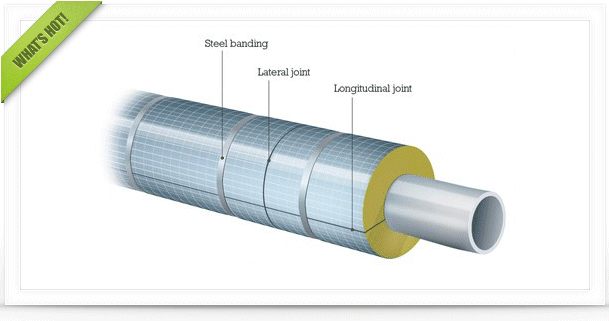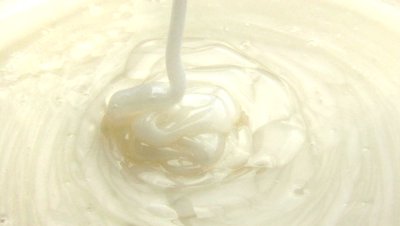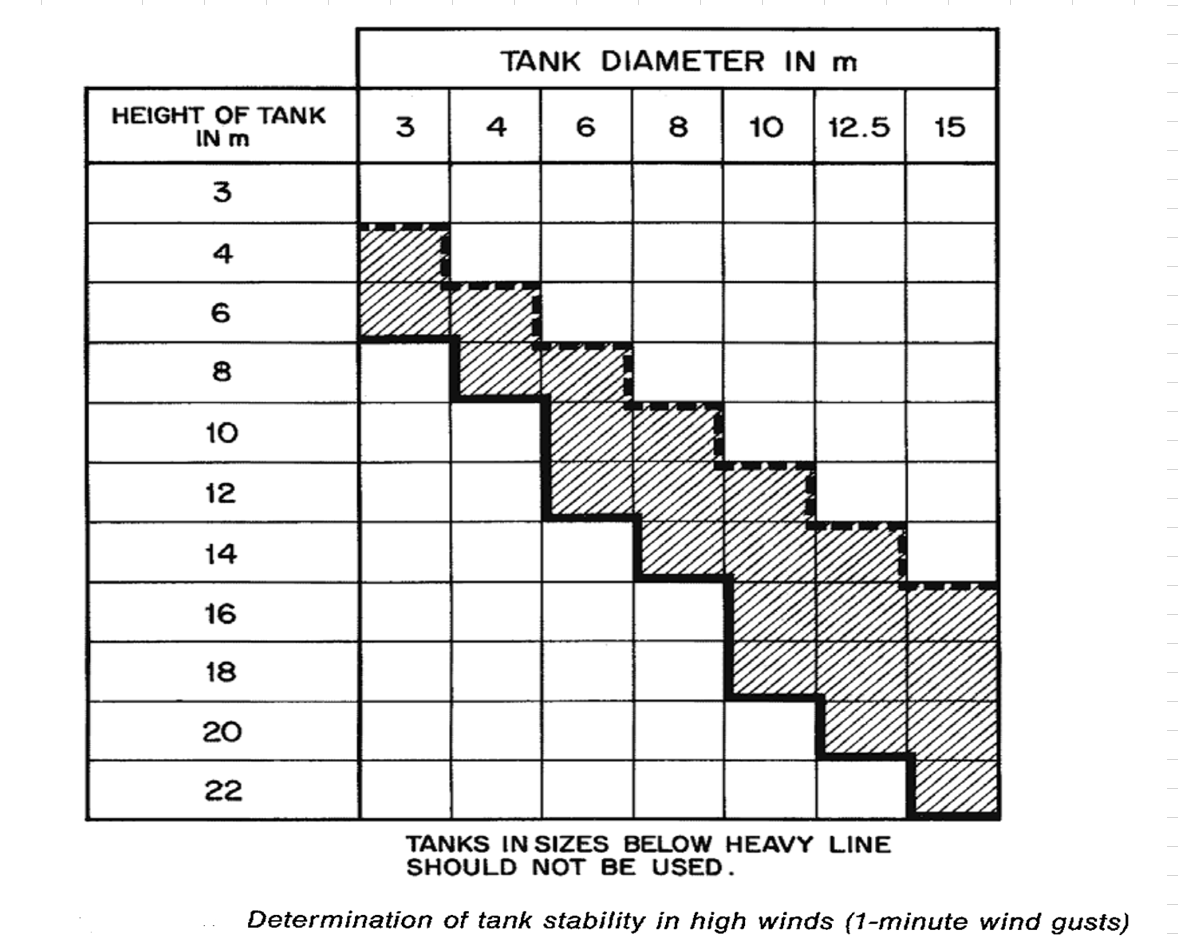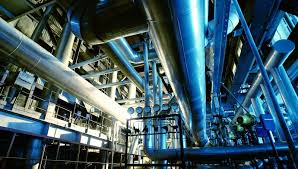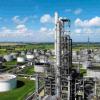Blooma:
I know you think you are giving all the basic data – but you are not. For example, the topic here is an air dryer unit; but we don’t know the TYPE of unit. “Dessicant” type is not a proper description. Calcium Chloride is a desiccant; is that what you mean? I think you mean to state you are selecting an adsorbent type of dryer. That makes it a regenerative type of dryer. If it were Calcium Chloride, that would make it a consumable type of desiccant. A consumable type of dryer needs no spare capacity.
Indeed, as Erwin has pointed out, stand-by spare units (not “redundant”) are not commonly employed. I have designed adsorbent dryers, fabricated some, and operated them; but I’ve never seen anyone use a stand-by, spare unit when drying instrument air – even on an offshore platform. I personally don’t see the need for that type of “belt-and-suspenders” type of design. Normally, if the adsorbent dryers are down due to maintenance or adsorbent change-out (usually every 2+ years), nitrogen or even service air is used provisionally as the instrument gas. In the case of service air, a small vessel filled with old adsorbent can be used in-line to ensure no liquid water droplets get by. In fact, a calcium chloride-filled vessel can be used provisionally to produce dry air while the adsorber unit is off stream.
To make my point clear, I designed and built an adsorber unit (using Mol Sieves) to dry compressed air at 3,000 psig for an air separation plant that I operated. The unit was regenerated every 16 hours using dry nitrogen and an electric heater. The air separation plant supplied critical oxygen supply for hospitals and yet I never designed nor had a stand-by, spare dryer unit. The adsorber worked very well and never caused any down time. It produced -100 oF dew point air – much, much more demanding than your instrument air requirement, and yet was very dependable. That should tell you how hard it is to justify a spare unit.

 FB
FB
